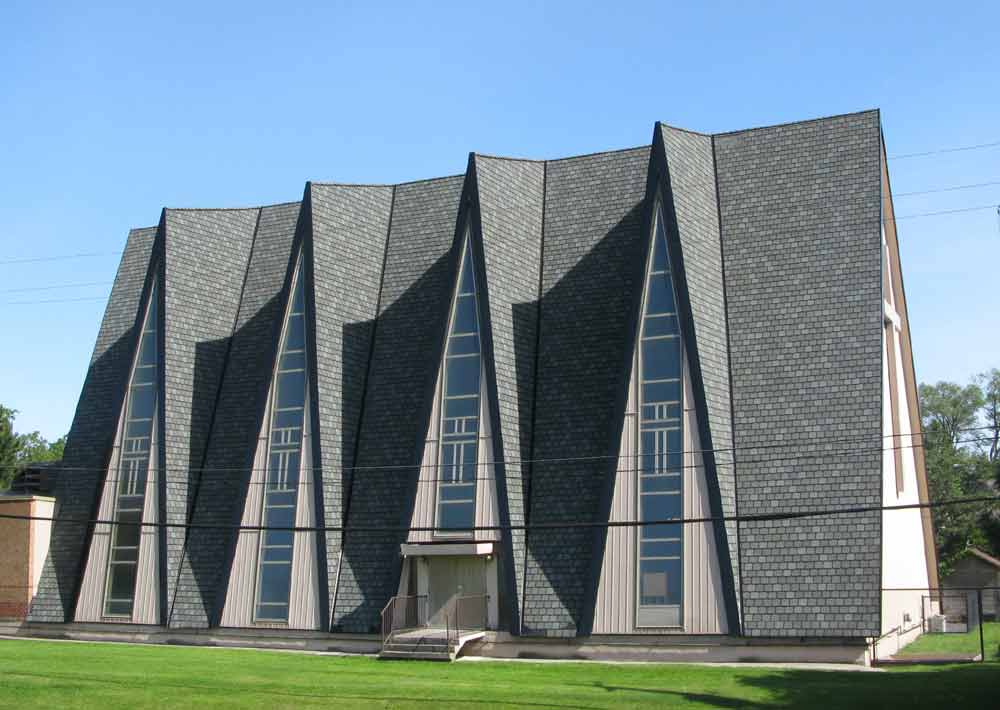Northern Light
Superstar
A new application is into the AIC for this site, a church and associated parking lot at the intersection of Old York Mills Road and Campbell Crescent (just east of Yonge Street).

Streetview: (Campbell side)

Streetview: (Old York Mills side):

Also........ * Docs are Up *
Architect is IBI






From the Planning Report:



**


Comments: The application features many social benefits and given its proximity to Yonge/York Mills the height ask is entirely reasonable.
Notwithstanding its reasonableness, this is an extremely affluent community, and the height ask here would be a new precedent this far east, so they may get a fight from the locals on that.
The proposal for a modest expansion of the adjacent public park, and the requisite site adjustments in respect of topographical features/grading to address regulatory floodplain issues go some distance to manage
issues in relation to this site.
The proposal, however, to eat into the TRCA standard of a 10M setback (proposal is 8.5M) is clearly not going over well at this point. Given the importance in our system of planning of adhering to precedence, I think this point
probably will and probably has to be the subject of some push back, even on a proposal with much social good intertwined. The problem being, as ever, what happens with the next applicant.....
Streetview: (Campbell side)
Streetview: (Old York Mills side):
Also........ * Docs are Up *
Architect is IBI
From the Planning Report:
**
Comments: The application features many social benefits and given its proximity to Yonge/York Mills the height ask is entirely reasonable.
Notwithstanding its reasonableness, this is an extremely affluent community, and the height ask here would be a new precedent this far east, so they may get a fight from the locals on that.
The proposal for a modest expansion of the adjacent public park, and the requisite site adjustments in respect of topographical features/grading to address regulatory floodplain issues go some distance to manage
issues in relation to this site.
The proposal, however, to eat into the TRCA standard of a 10M setback (proposal is 8.5M) is clearly not going over well at this point. Given the importance in our system of planning of adhering to precedence, I think this point
probably will and probably has to be the subject of some push back, even on a proposal with much social good intertwined. The problem being, as ever, what happens with the next applicant.....



